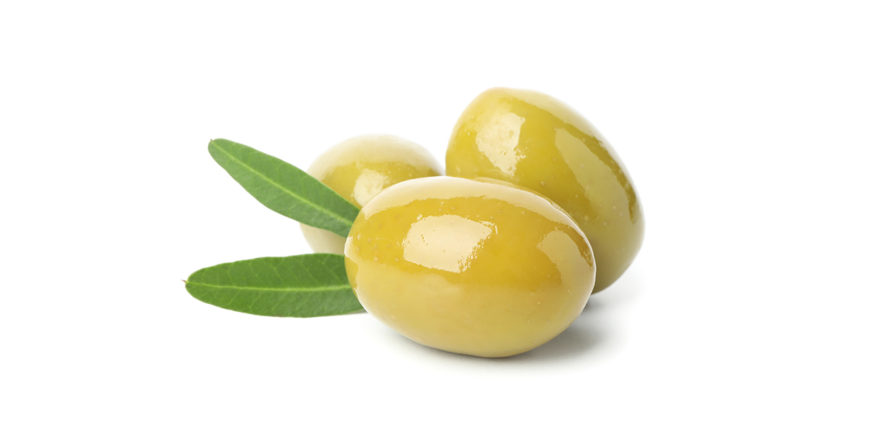The consumption of olive oil increases globally every year. The demand of olive oil in the years 2003 and 2004 reached 3200 million metric tons, with a slight decline after, due to weather conditions. The demand continues to thrive.
The main reason for the increasing demand for olive oil, is that consumers want a healthier diet. In the United States, a lot of research is being done, indicating that the Mediterranean diet, low in animal fats and high in vegetable fats and antioxidants, reduces diseases and promotes longevity.
Today about 800 million olive trees have been planted worldwide. 10% of the produced olives are processed as table olives and the remaining 90% are processed into olive oil.
The countries around Mediterranean are the ones that traditionally grow olives. Spain, Italy and Greece are the main olive oil producing countries and they always strive in the production of the highest quality. 90% of Greek olive oil is exported to the European Union countries with 80% of that in bulk and 10% in brand names.
With world production about 3000 million metric tons, Spain contributes 35% to 40%, Italy 25%, Greece 20% and 20% comes from Morocco, Tunisia, Syria, Lebanon, Portugal, France and USA.
Although Spain and Italy have surpassed Greece in olive oil production, the “country of origin” always will be Greece. Greece, the Birthplace of olive oil.
Greece is the largest producer of extra virgin olive oil in the world. 75% of its olive oil is extra virgin and by far the greatest percentage than any other country. Spain is well known for its largest olive orchards in the world.
Major consumers of olive oil per capita yearly are: Greece with 24 kilos, Italy 12, Spain 14, Portugal 7, France 1.5, Australia 1 and USA 1.
The Mediterranean countries though, are facing many threats. One of them and most important is the replacement of the old unproducing orchards, which is of major expense, and another also as important, the severe need of water.


